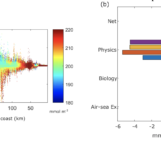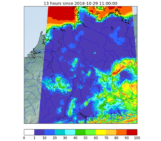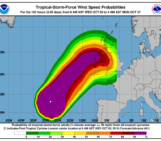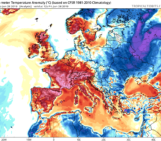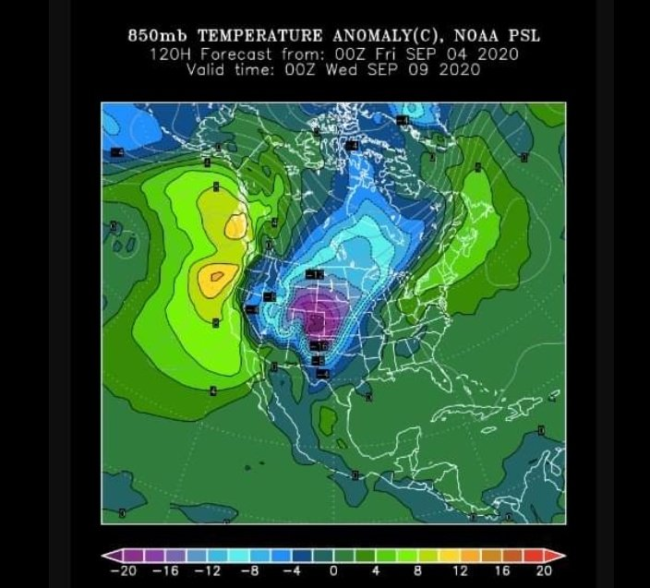
Denver, Sept. 06: it is midday and Jonathan and Maria are sunbathing at City Park. They feel uncomfortable as the temperature has already reached 36°C. While they decide to go back home, their favoured weather app displays an unbelievable snowstorm watch for Tuesday Sept. 08. The forecast turns out to be rather accurate as all Colorado experiences one of the earliest snowstorms on record in September. In Verona, Sara is watching the news and seeing what’s happening in Denver she recalls the storm of Aug. 23. During this extreme event, after a pretty dry summer, the city of Verona and large areas of Veneto and Lombardy experienced large hailstorms, heavy rain and even tornadoes. Sara’s car was destroyed and she is actually dealing with the insurance company to get a reimbursement. Seeing her daughter pretty worried looking at the weather news, she says: “Non ci sono più le mezze stagioni*! the climate is changing and the weather becomes more extreme, you will have to deal with this in the future”. Is this true? And to what extent?
Studying changes in probability of occurrence and intensity of extreme events requires a combination of methods borrowed from physics and statistics. The additional difficulty is the intrinsic rarity of extreme events which makes statistical samples hard to obtain. To avoid this problem, it is tempting to use climate models to simulate large samples of extreme events but the resolution of climate models is limited and therefore they can yet fail in reproducing distribution and intensity of extreme events: for example, state of the art global climate models can produce hurricanes up to Saffir-Simpson hurricane scale ~3 out of 5. This means that hurricanes such as Katrina are under-represented in climate models. Similarly, heatwaves’ maximum temperatures are likely to be underestimated: climate scientists have shown that models struggle to represent the 2003 European heatwave which caused temperature well above 40°C in most of the continent and other heat events of the same kind. To solve these misrepresentation problems, scientists use advanced techniques such as correcting biases and downscaling simulations to finer scales than those resolved by the models. This allows to obtain a certain degree of confidence in projecting future changes for extreme events: heatwaves and droughts are expected to increase in frequency and intensity in the future, while cold spells are expected to decrease (IPCC).
Predicting changes in events leading to extreme precipitations (thunderstorms, snowstorms, extratropical and tropical storms) is instead more difficult because of the high sensitivity of these phenomena to boundary conditions: tropical storms are very sensitive to sea surface temperatures, extratropical cyclones to winds and tropics-to-pole temperature differences and thunderstorms severity depends on the topography and the local stability of the atmosphere. Chaotic fluctuations can completely change the occurrence of these phenomena. Fluctuations and deviations from the mean behavior of the atmosphere are an interesting research field: what caused the 35°C temperature excursions observed in Denver in just 24 hours? Will these events be more likely in the future? These rapid changes are even more difficult to investigate than single extreme events because they do not involve primary quantity but their variations (gradients) whose dynamics are hard to tackle. In this sense, statistical mechanics could help climate scientists as it includes a theoretical tool to investigate these kinds of events, namely the large deviations principle. Meanwhile “non ci sono più le mezze stagioni” saying could be used in its more general and less meteorological meaning of “things aren’t what they used to be”.
*A possible translation in English is “springtime and autumn are not what they used to be”.

